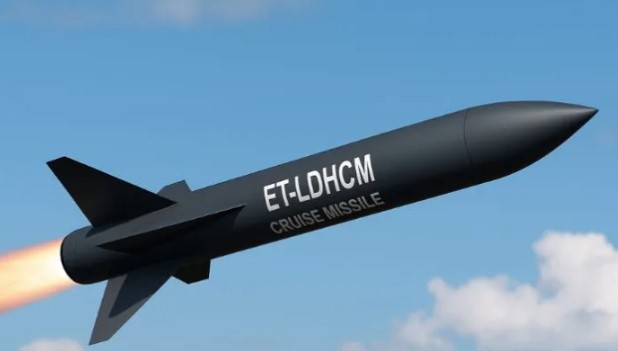Between July 14 and 16, 2025, India successfully tested a new missile under a secret project called Project Vishnu. The Extended Trajectory-Long Duration Hypersonic Cruise Missile (ET-LDHCM) is a hypersonic missile. It reportedly travels at three times the speed of BrahMos, India’s current fastest missile.
Hypersonic Shockwave: India’s Breakthrough With Project Vishnu
While BrahMos reaches speeds of Mach 3 (three times the speed of sound), this new missile can travel at speeds of Mach 8 to Mach 10. At such high velocities, it becomes nearly impossible for current air defense systems to stop it. This makes it a powerful tool for India’s military and a major leap in defense technology.
India’s DRDO is running Project Vishnu to develop a missile that flies faster, goes farther, and avoids enemy radar. With this test, India joins countries like the US, China, and Russia in testing hypersonic missiles.
🚀 India’s Answer to China’s Arsenal? Vishnu Hypersonic Missile Prepares for Launch
This missile was designed to work in the most extreme conditions. Its engine, known as a scramjet, uses oxygen from the atmosphere to burn fuel, allowing it to travel at hypersonic speeds for long distances. The scramjet engine also improves fuel efficiency, making it suitable for extended missions.
Inside the Missile: What Makes ET-LDHCM So Powerful
The ET-LDHCM missile is not just about speed. It includes several features that make it highly advanced. Engineers made it from special materials that can withstand temperatures up to 2,000°C, caused by the intense friction of moving so fast through the atmosphere. These materials are also resistant to sunlight, seawater, and corrosion, making the missile suitable for naval operations as well.
India can launch the missile from land, air, or sea, giving it more options to use it. Engineers have given it a range of 1,500 km, which they can extend to 2,500 km, allowing it to strike deep into enemy areas. Engineers built it to strike radars, command centers, and enemy ships, making it useful in many war situations.
A major feature of the missile is its stealth ability. It flies at very low altitudes, making it harder to detect.It also uses a special effect called plasma stealth. At hypersonic speeds, the air around the missile turns into ionized gas, or plasma.
This plasma absorbs radio waves, which makes it very difficult for radar systems to detect the missile. In addition, the missile can make mid-air turns, helping it dodge enemy defense systems.
The ET-LDHCM can carry warheads between 1,000 and 2,000 kilograms. This gives it the ability to deliver both conventional and nuclear payloads, depending on the mission. Its ability to fly low and fast while staying hidden makes it one of the most advanced weapons in India’s arsenal.
From HSTDV to Vishnu: A Major Leap in Indian Missile Tech
Project Vishnu builds on the success of earlier Indian projects. These include the Hypersonic Technology Demonstrator Vehicle (HSTDV) and the Shaurya missile. The HSTDV had already shown that India could maintain hypersonic speeds using an indigenous scramjet engine. A 1,000-second ground test of this engine was a key step that helped pave the way for the latest missile.
However, Project Vishnu is not just another version of those earlier missiles. It is a completely new system that includes improved speed, better range, and next-level stealth. Moreover, reports say India is focusing on local development, with its scientists and engineers making most of the technology in the country. As a result, this reduces the need for foreign support and strengthens India’s self-reliance.
Experts say the ET-LDHCM will help India handle threats from countries like China and Pakistan, which are also making powerful missiles. This new missile helps India build a strong and modern defense system.
✈️ Game Over for Stealth? India’s Radar Detects F-35, China’s J-35 Faces Reality Check
The work on Project Vishnu is not only important for defense. Scientists and engineers can also use the same technologies—like the scramjet engine, advanced materials, and guidance systems. Scientists and engineers can apply these in space launches and other civilian sectors. This could lead to cheaper and more efficient satellite launches in the future.
By including different parts of the industry, the project gets more people involved, supports new ideas, and helps build a stronger defense system in the country.

